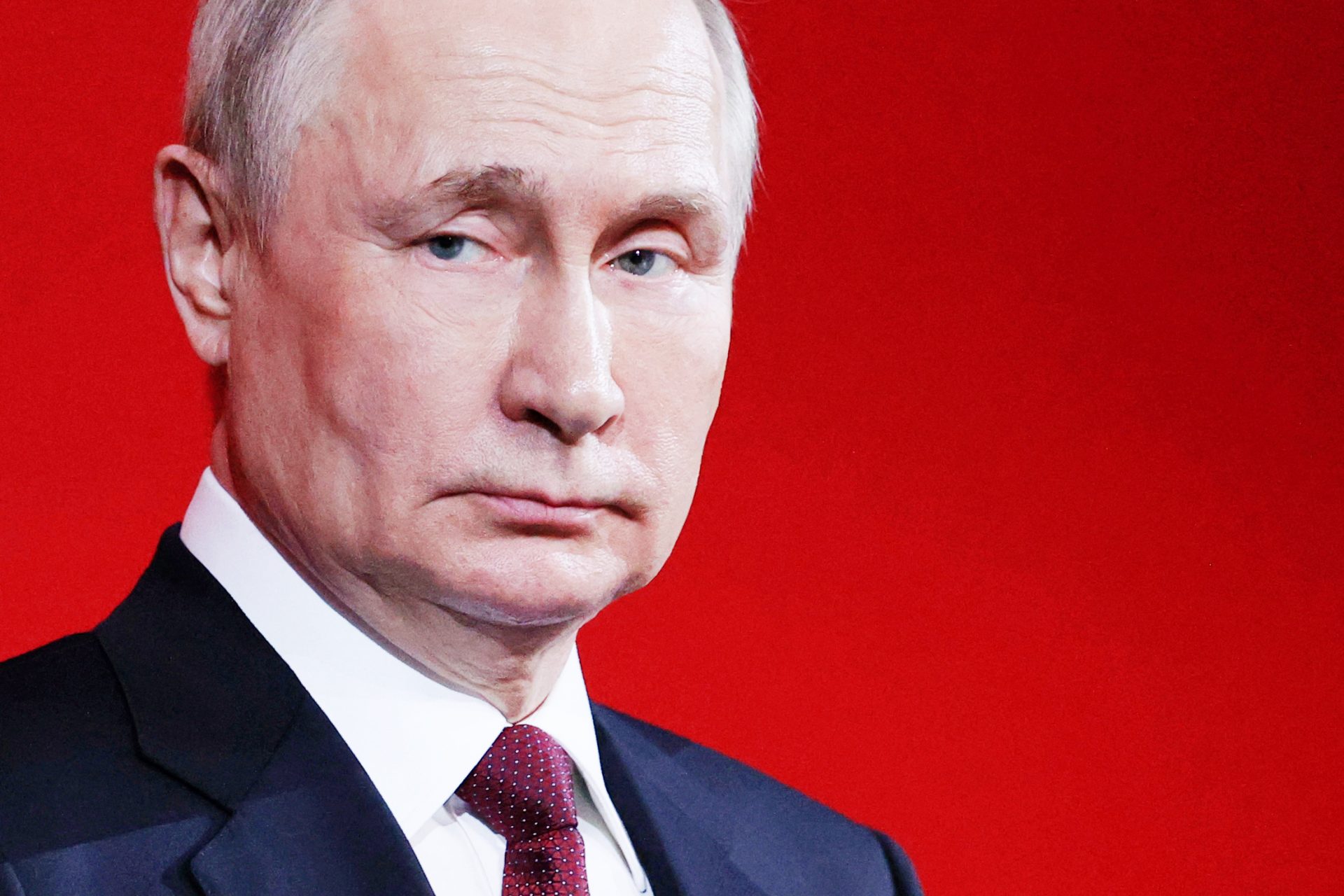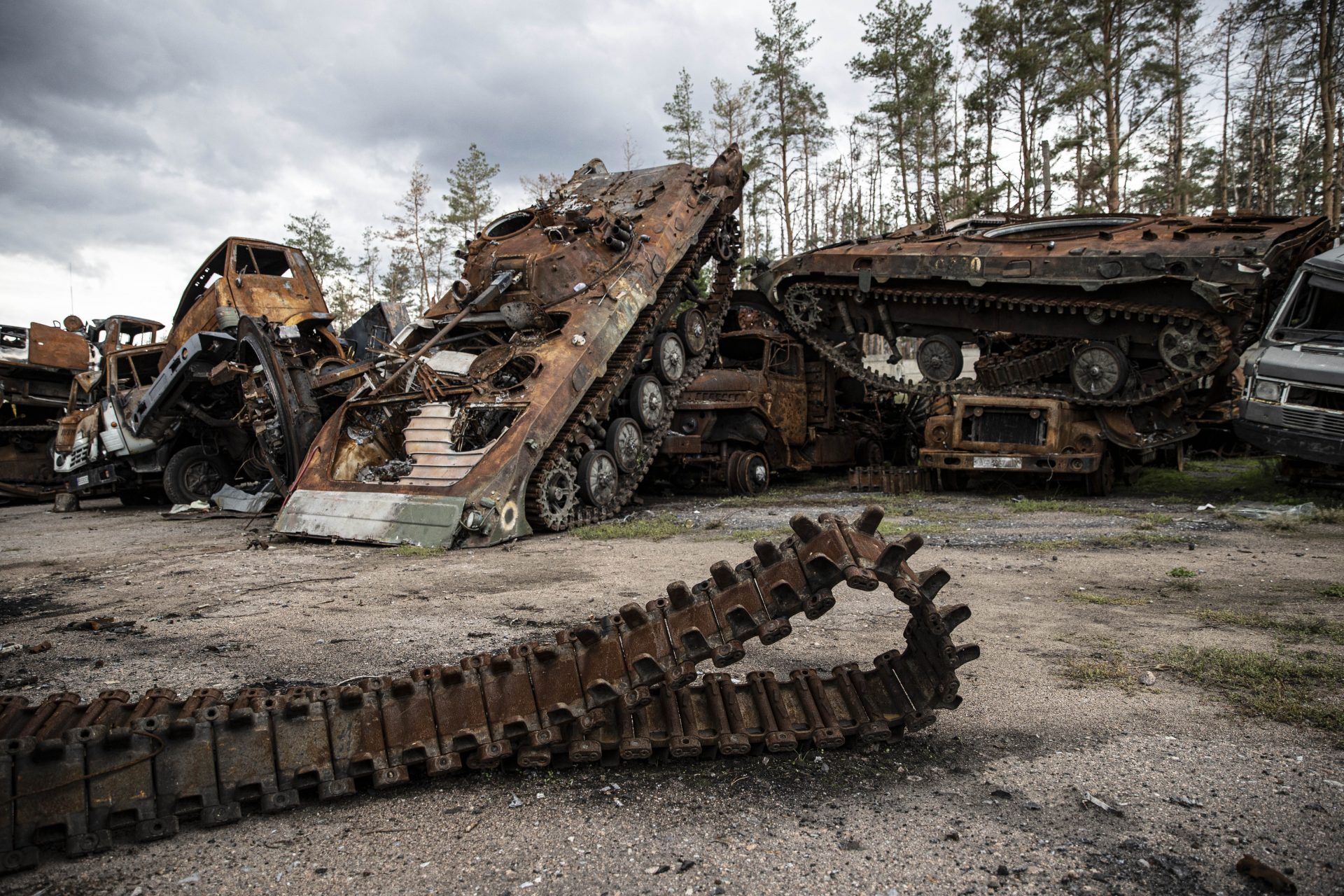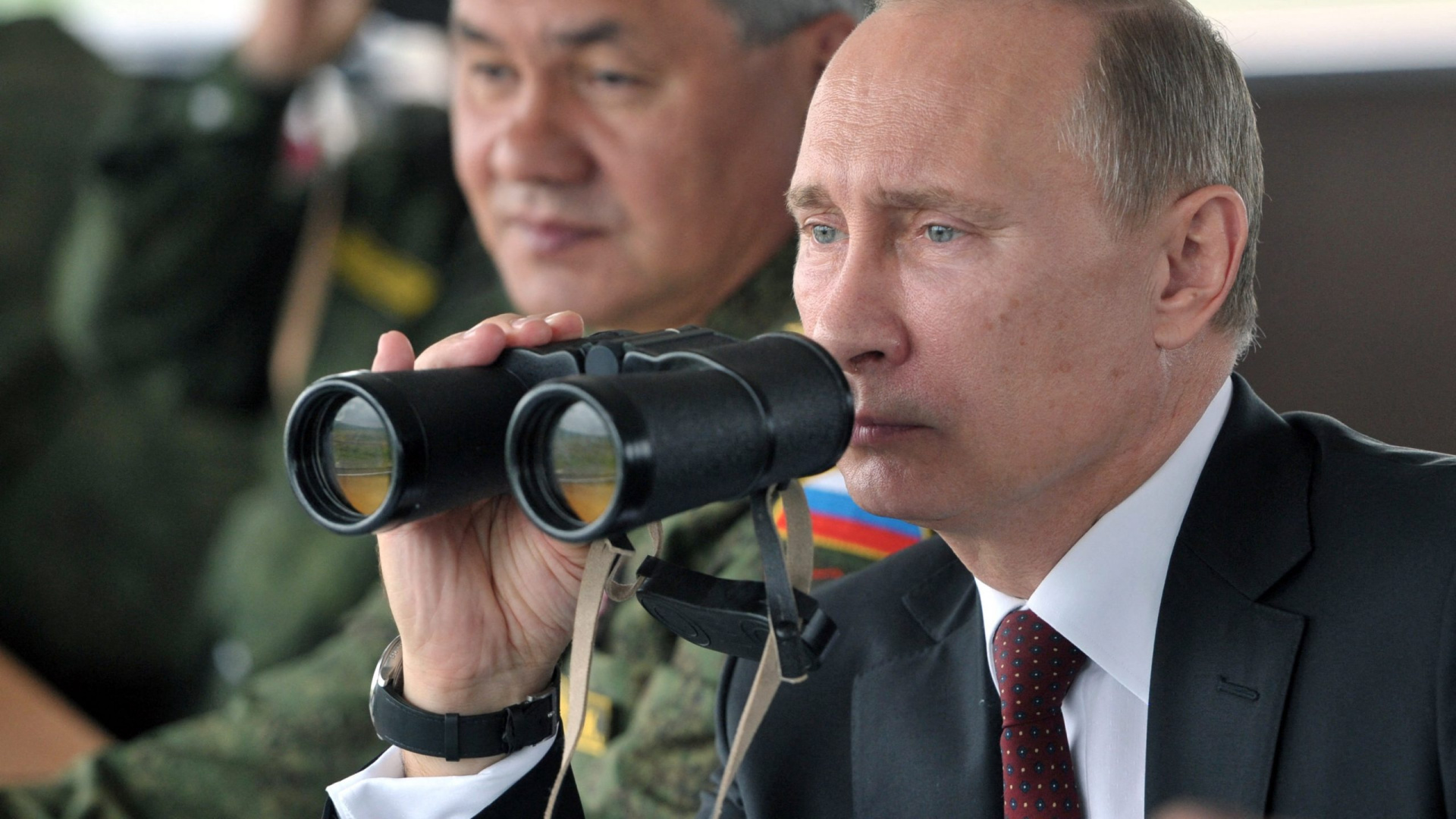Finland joins NATO, ending historical neutrality towards Russia
It's official, Finland is the 31st member of the North Atlantic Treaty Organization, despite pressure from Russia.
“It will be a good day for Finland’s security, for Nordic security, and for NATO as a whole”, stated NATO Secretary General Jens Stoltenberg in his welcoming address.
According to The Guardian, Finnish President Sauli Niinistö stated that it was a historical moment for his country: “For Finland, the most important objective at the meeting will be to emphasize NATO's support to Ukraine as Russia continues its illegal aggression”.
Meanwhile, Reuters reported that Russia announced that it would strengthen its northwestern border as a response to Finland's recent acceptance into NATO.
Tension has been brewing between Finland and Russia ever since the latter invaded Ukraine in February 2022.
Finnish Prime Minister Sanna Marin stated that her country's neutrality towards NATO was “about to change” weeks after the start of the war. This did not sit well with the Kremlin.
“The entry of Finland to NATO will have severe military and political repercussions,” declared Maria Zakharova, director of information of the Ministry of Foreign Affairs of the Russian Federation, as a response to Marin's comments.
Zakharova highlighted the importance to keep military non-alignment. “It's an important factor that contributes to the stability and the safety of Northern Europe and Europe as a whole”, she argued, pointing out that Finland has been a land contested by Russia for centuries.
What's the story behind this decision? Why is Russia so vocal about the fate of this Nordic country?
From 1100 to 1809, the territory that currently comprises Finland belonged to Sweden. After the Napoleonic Wars, it switched hands to Russia as the Grand Duchy of Finland.
Pictured: The Lutheran Cathedral of Helsinki, with a statue of Tsar Alexander II of Russia in front.
It remained under the rule of the tsars until 1917 when they became independent, as several other territories of the empire did, amid the Russian Revolution.
Finland only became an independent country in 1917. However, the story between these two countries didn't end there.
Pictured: The Finnish proclamation of independence at Helsinki's Senate Square.
After separating from Russia in 1917, Finland found itself in a gory civil war between the Whites (backed by the government and the Germans) and the Reds (closer to the Bolsheviks and supported by the Soviet Union). Hostilities ended in May 1918, with a victory of the Whites.
However, the relationship between the two nations didn't end in 1917. Russia attacked the country in 1939 in what is called The Winter War. Finland managed to repel the invasion but had to give away part of its territory to the Soviet Union.
Then came the Second World War: Finland, along with Nazi Germany, attacked the Soviet Union in 1941 and regained the territory that was lost during the Winter War.
Pictured: Adolf Hitler and Carl Gustaf Emil Mannerheim, leader of the Finnish Armed Forces during WW2.
The USSR, under the leadership of Joseph Stalin, successfully fought back and forced Finland to sign a treaty.
The price Finland had to pay to remain out of the Soviet-influenced Eastern bloc after the Second World War was to cede part of its territory to Russia and promise to remain a neutral, independent country.
Finland and the USSR signed the Agreement of Friendship, Cooperation, and Mutual assistance in 1948. This guarantees that Finland will remain a liberal democracy as long it maintained neutrality towards the Soviet Union. The main clause of the treaty stipulated that one could not join a military coalition against the other.
To ensure its survival, Finland kept its distance from both the Soviet Union and the Western powers during the Cold War. It maintained very cautious relations with Western Europe.
Finland attempted to maintain equal relations with both sides of the Cold War during this time, having parallel economic agreements with the Eastern Bloc and the Western Powers. This ensured its own neutral stance in economic matters.
In the 1960s, the European Free Trade Association is created among several countries that prefer not to join the rival European Economic Community. Joining EFTA or ECC was out of the question for Finland due to Soviet opposition.
However, Finland opened up to the West in 1986, joining EFTA keeping a neutral stance.
Pictured: Finnish President Mauno Koivisto in 1986 with his wife.
The six members of the EFTA, including Finland, signed in 1992 an agreement with the then EEC (Now European Union) establishing the European Economic Area.
This guarantees the 'four freedoms' of the European Single Market: The freedom of movement of goods, services, capital, and people. However, Finland kept its political neutrality.
In 1989, the Berlin Wall fell and the collapse of the Soviet Union followed soon after. Finland revises the Finno-Soviet Treaty of 1948 and replaces it with a new agreement in 1992.
Following the example of neighboring Sweden and fellow neutral EFTA countries, Finland requested to be part of the European Economic Community in 1992.
It's at this time that Finland redefines its 'neutrality' to mean 'military non-alignment'. As a non-aligned country, Finland can have military cooperation with other nations but excludes itself in matters of mutual defense.
The EEC was concerned that neutral countries might weaken the project of a common foreign and security policy (CFSP), and considered for a long time Finland's request to join in.
Finland declared to the EEC (later EU) its willingness to implement CFSP, while also reassuring back home that it was possible to follow these policies while keeping its military non-alignment.
The country becomes a member of the European Union in 1995. Along with Sweden, it proposes including the Petersburg Tasks of military disarmament and peacekeeping to the Treaty of Amsterdam, the basis of the EU's common security policy.
This initiative was also a way to prevent the possible merge between the Western European Union and the European Union that many EU members have proposed, and non-aligned members have tried to avoid.
During Finland's first tenure presiding the Council of the European Union, the project of forming a single EU army, known as Helsinki Headline Goal, was discussed.
Finland contributed with 2,000 men, but with some caveats: They could only serve for crisis management and a preference for civilian rather than military resources.
Pictured: Finnish soldiers as part of a peacekeeping UN mission in Lebanon in 2001.
For Finland, the relationship between Russia and the European Union is fundamental. That's why it played an active role in writing the EU Common strategy for Russia. It supports NATO's role in Northern Europe but doesn't consent expanding the alliance towards the Baltic nations.
Finland proposed, along with Austria, Ireland, and Sweden, changes to the EU security policy that are rejected by the Presidency. A commitment is reached to take account of different political positions in regard to security, allowing Finland to remain neutral within the EU.
Finland's non-alignment has been flexible enough that it hasn't been a problem for European policy.
Pictured: Finnish president Tarja Halonen with United Nations Secretary-General Kofi Annan.
Experts thought that the situation would change in 2003. However, the release of EU Defence: The White Book in 2004 maintains Finland's neutral status, though it highlights the need for common EU policies and hints at the possibility of joining NATO.
Pictured: NATO Secretary-General Anders Fogh Rasmussen with Finnish president Tarja Halonen.
Now that Finland has decided to join NATO, given the current geopolitical situation, it remains to be seen what consequences will be for Finland, Russia, the war in Ukraine, and the overall European order.
Pictured: NATO General-Secretary Jens Stoltenberg with Finnish president Sauli Niinistö.
More for you
Top Stories



















































